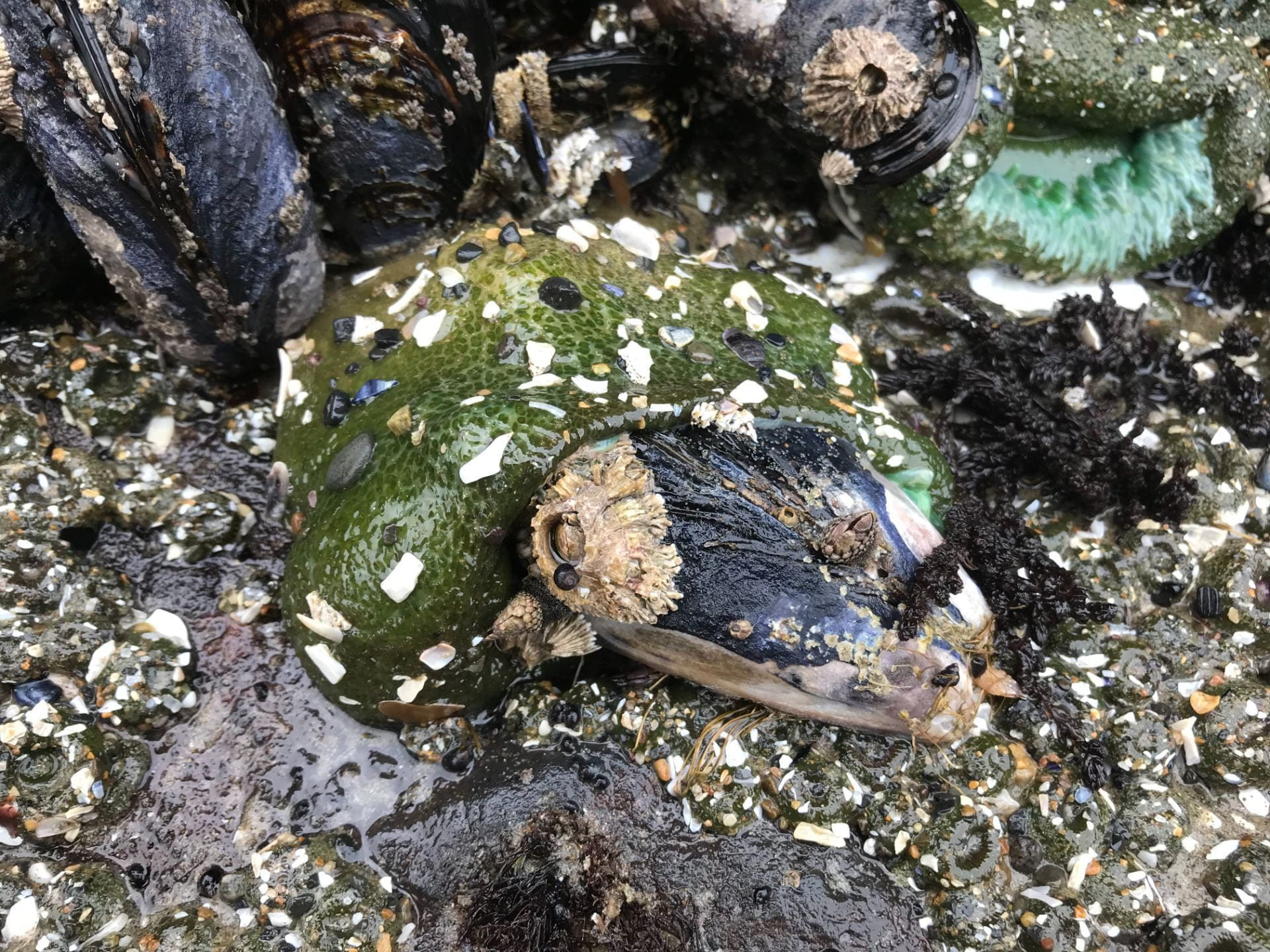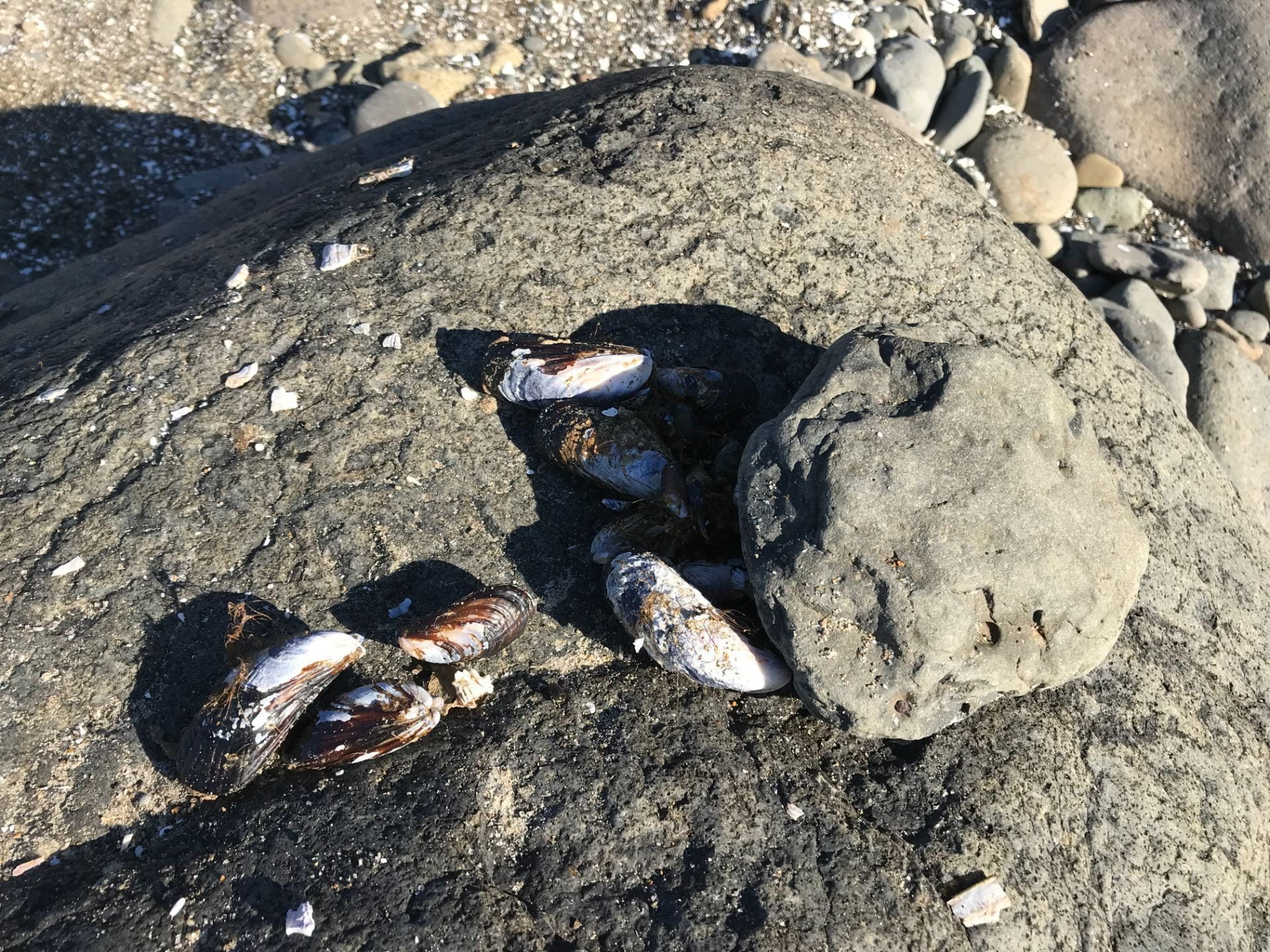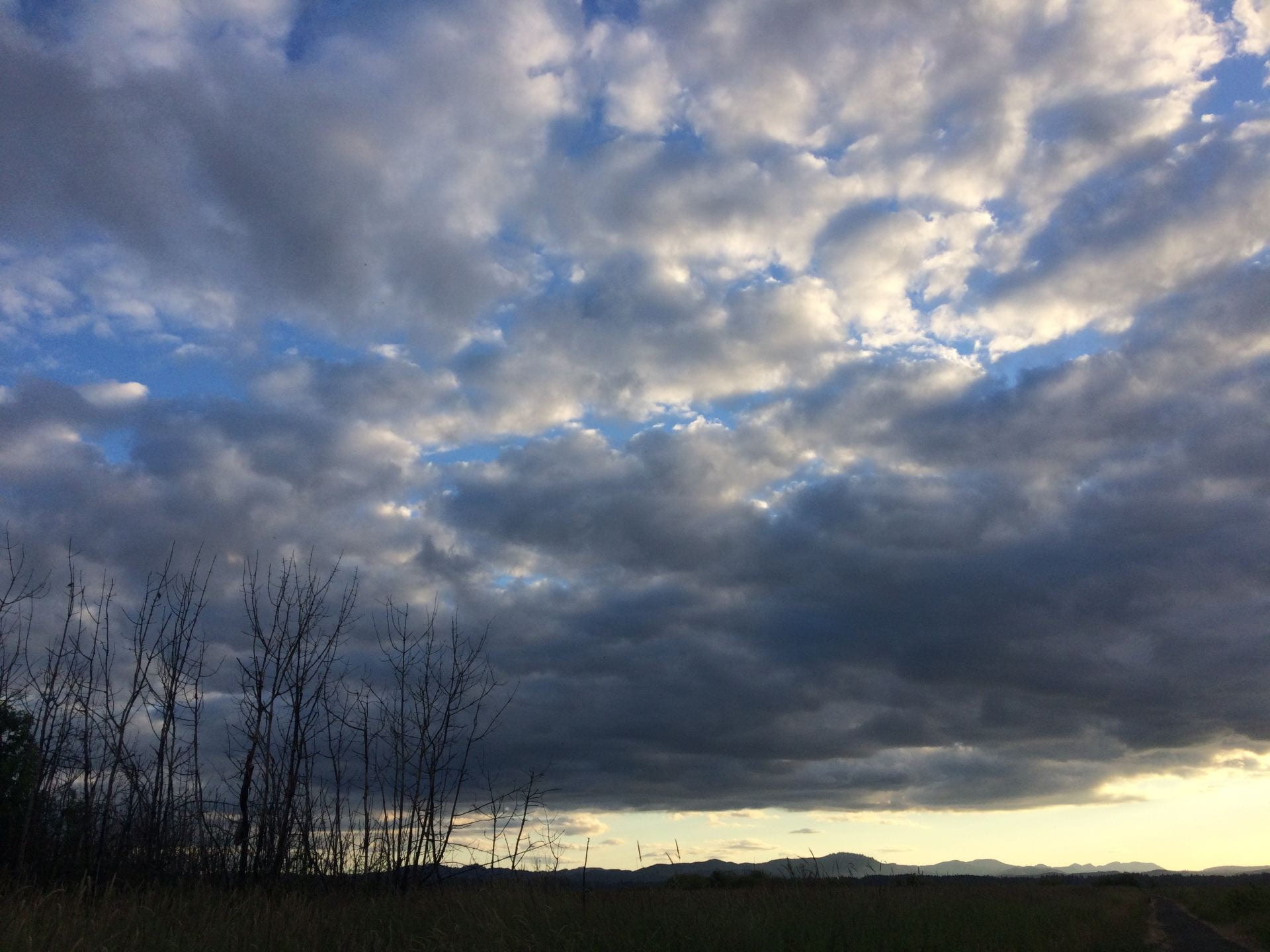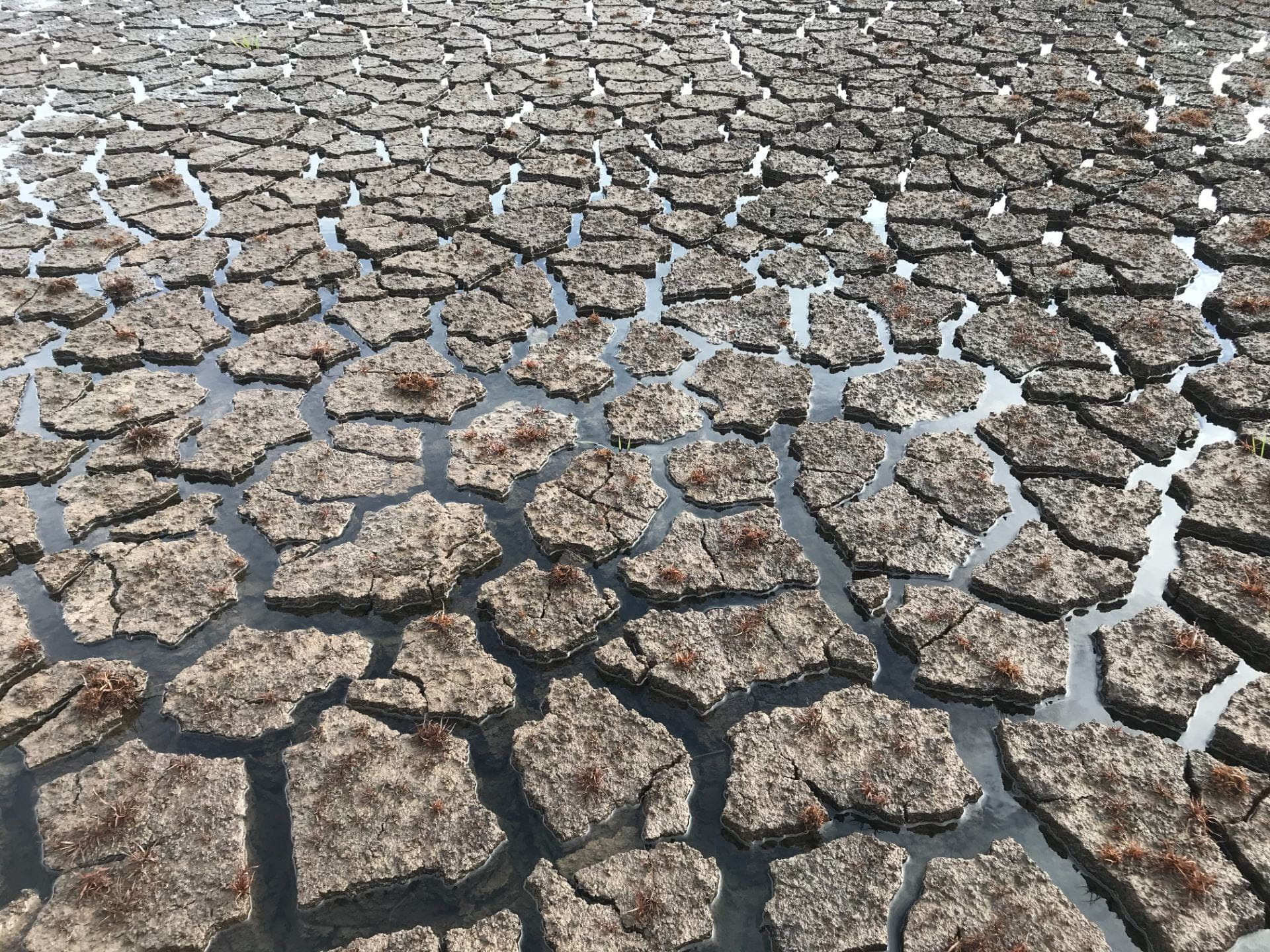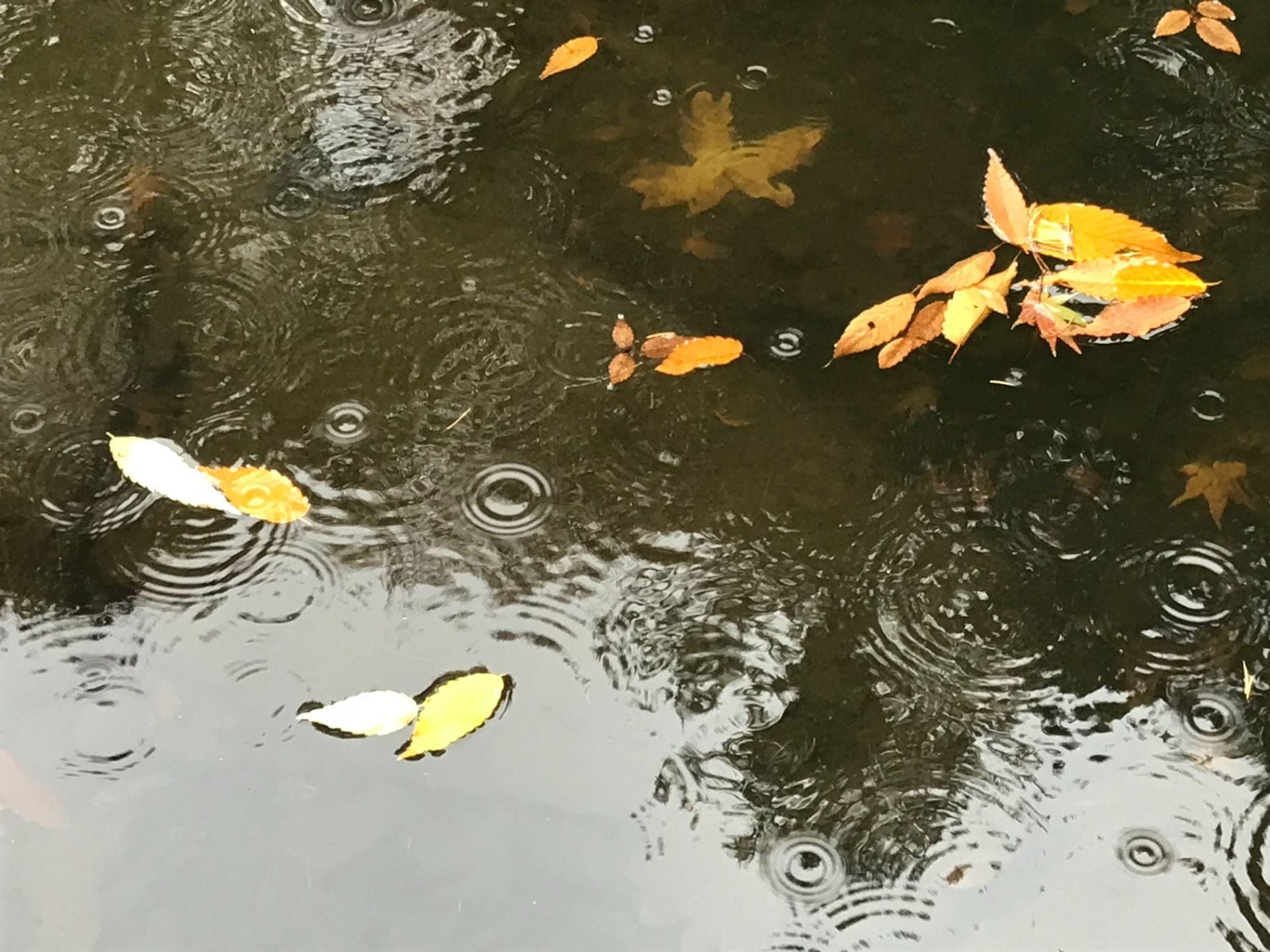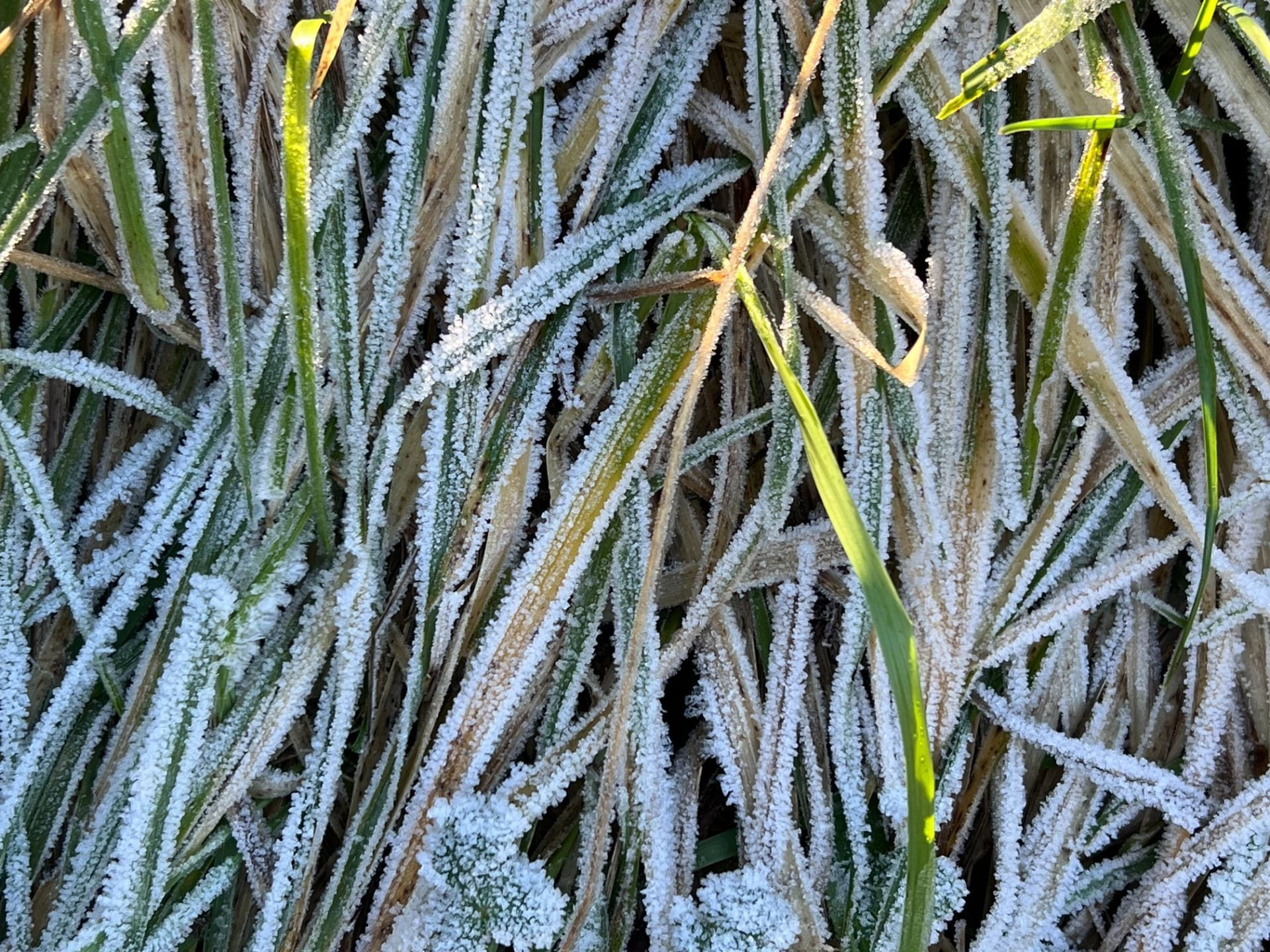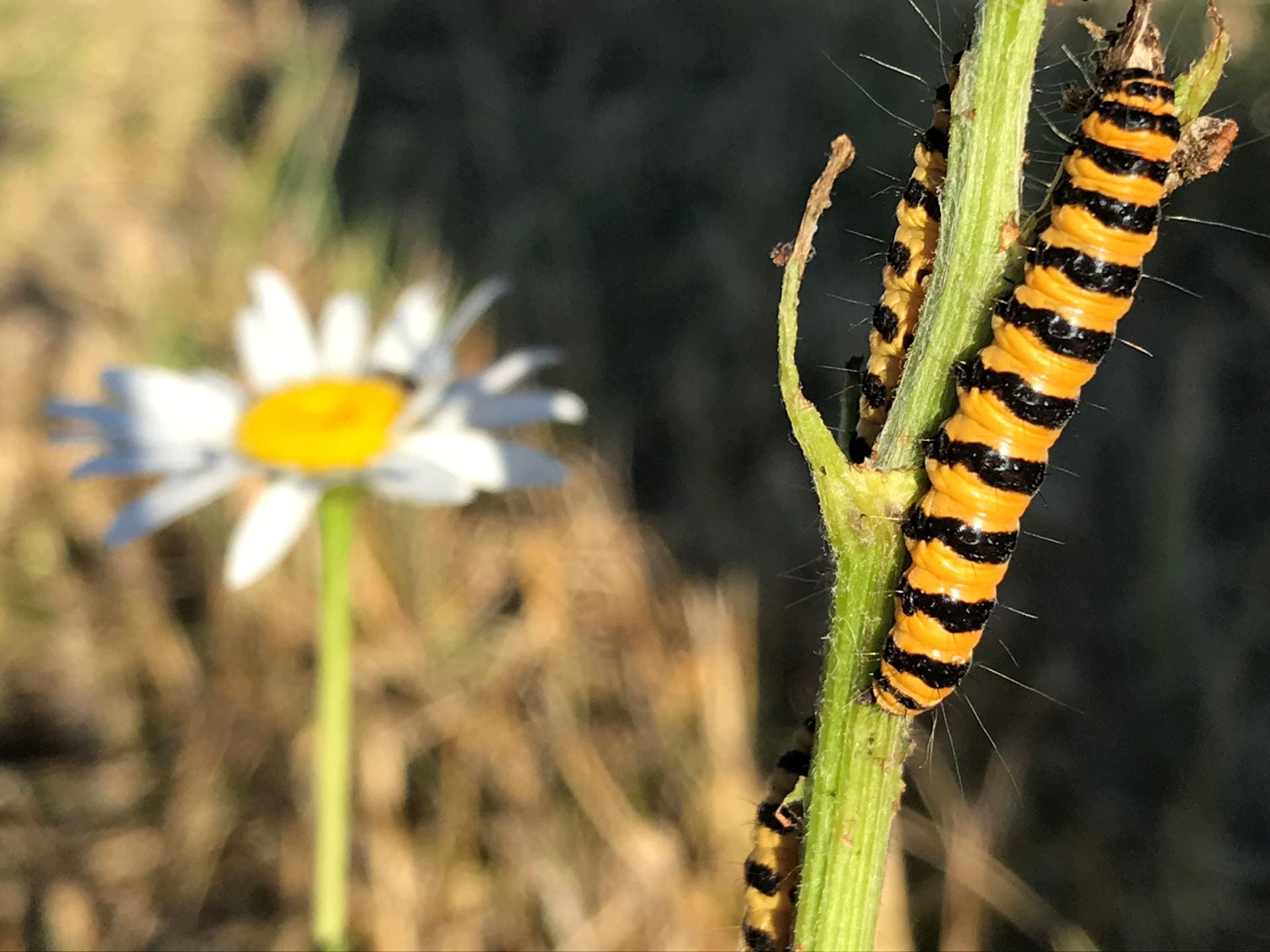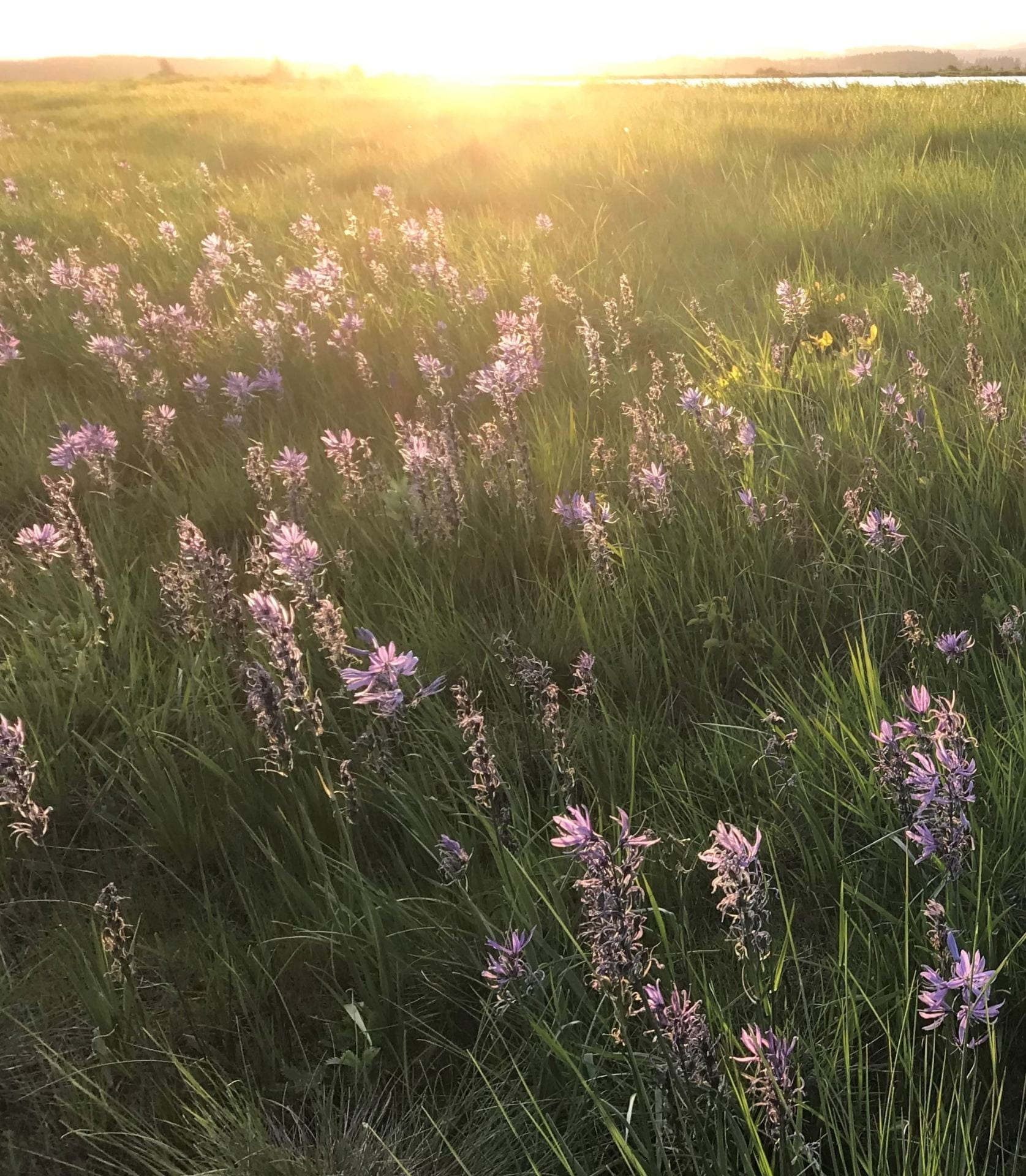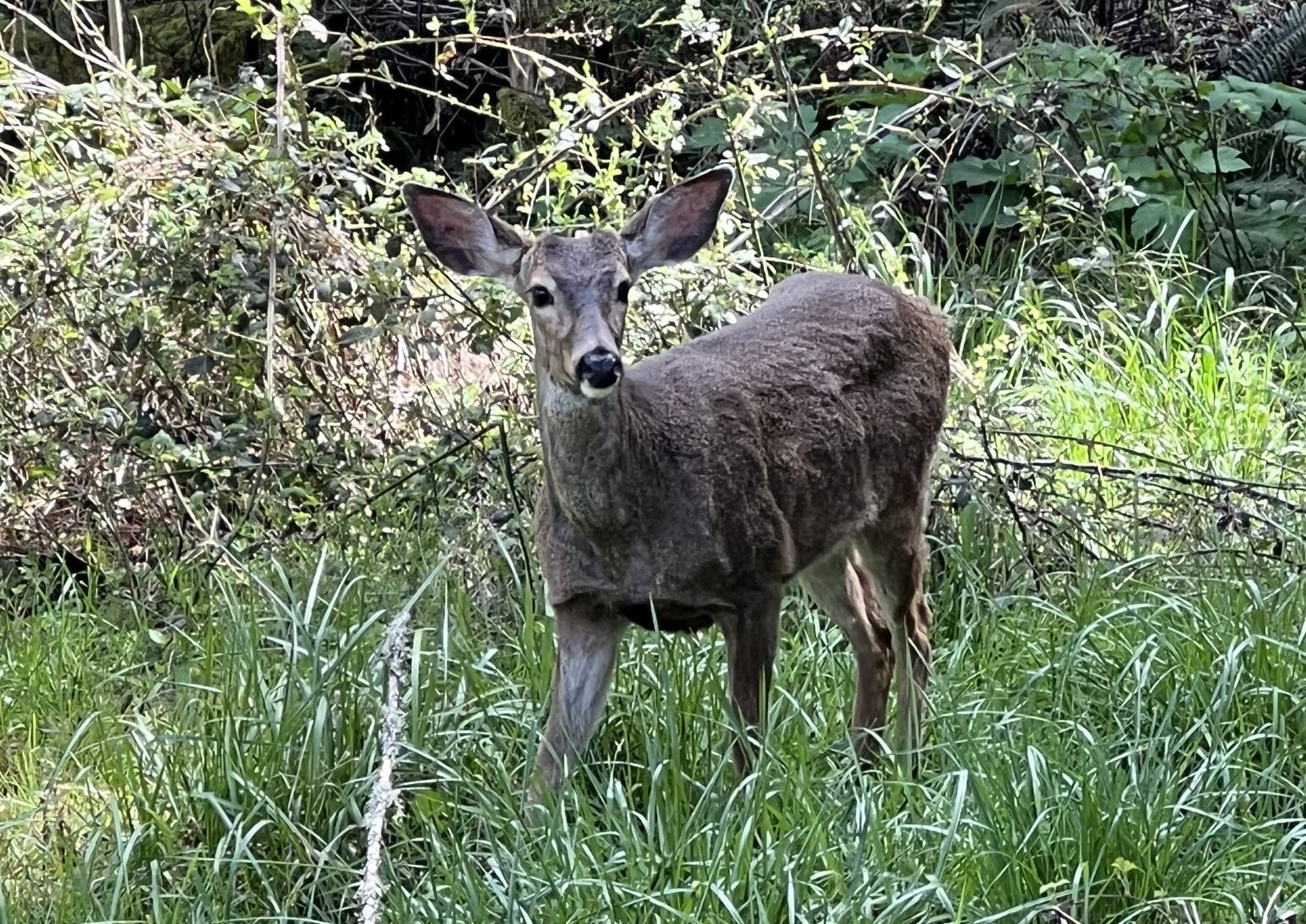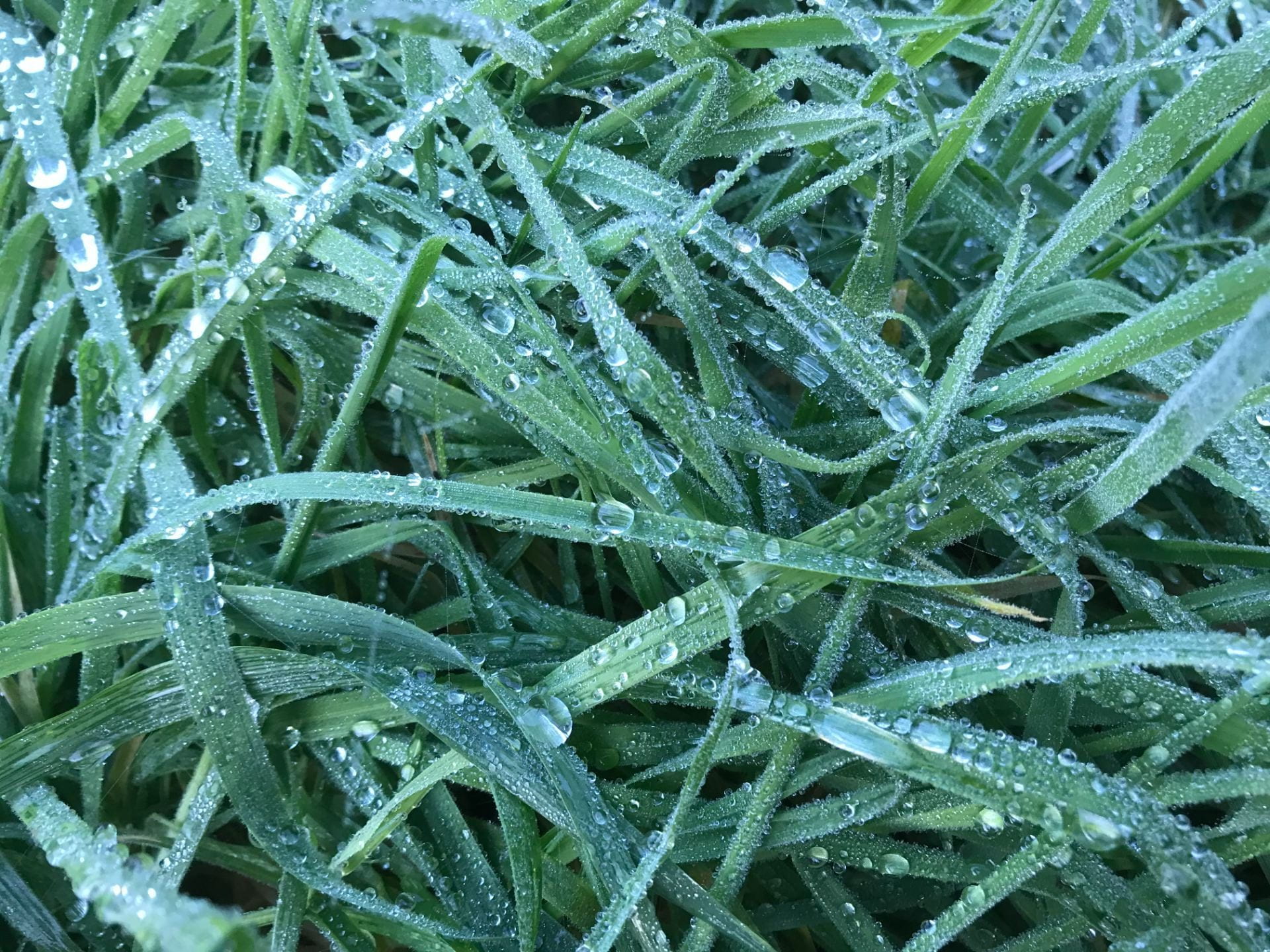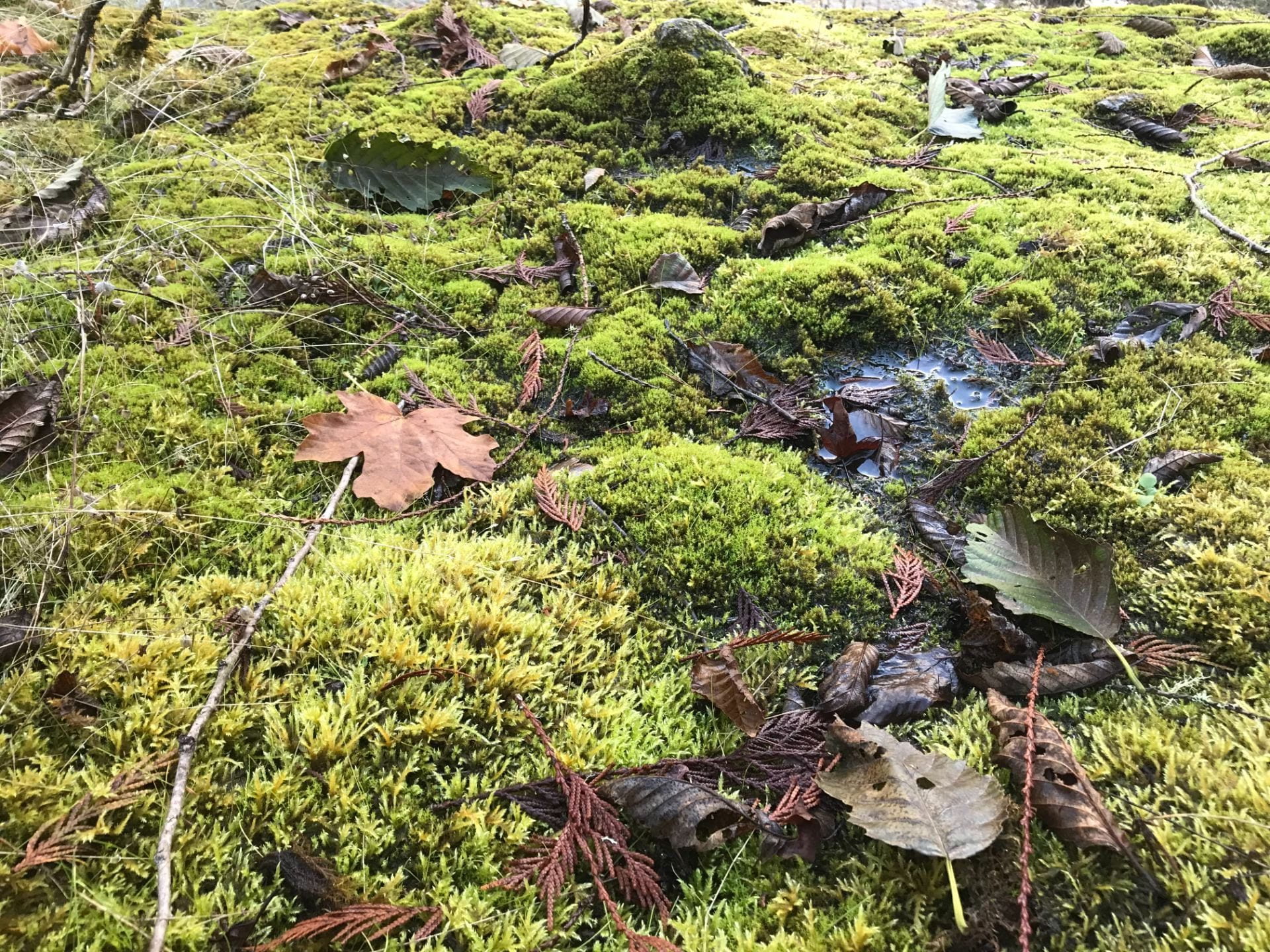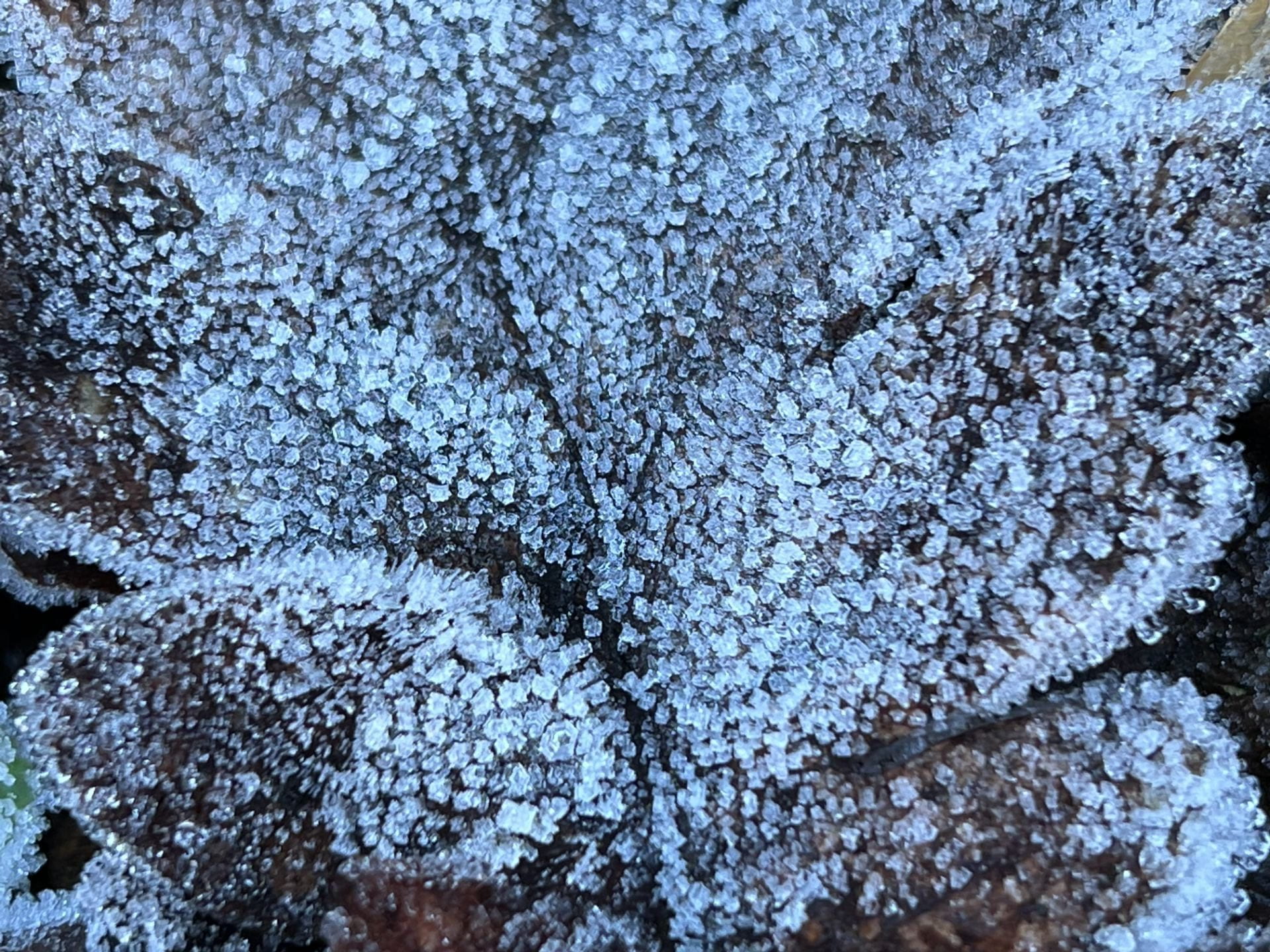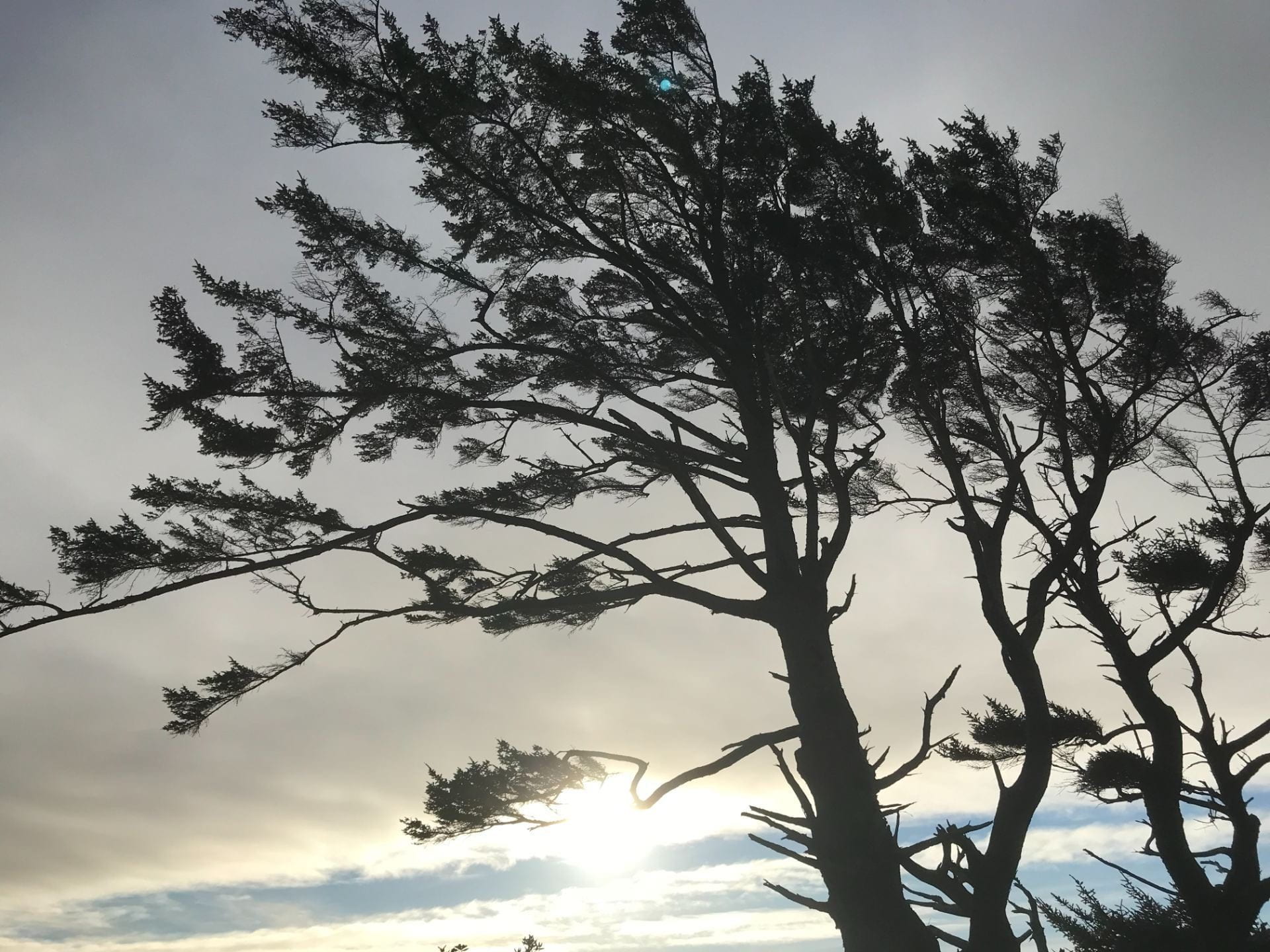Origins of Natural History
“Ideas . . . are the most portable and useful tools there are. . . . [T]raveling with the Aborigines deep in the desert and seeing them cope from day to day with the problems of survival makes one appreciate their knowledge both of local resources and of techniques.”
—Gould (1969:81)
The First Scientists
The study of natural history began with our hunter-gatherer ancestors, whose survival depended on it. Unlike other animals, humans lack keen senses and anatomical advantages such as speed, strength, camouflage, and sharp claws. Instead, humans survive by acquiring, applying, and sharing information: they use their accumulated knowledge and improvisational intelligence to imagine new ways of doing things and invent solutions to problems as they arise. Through the use of complex resource extraction techniques–for example, using a rock as a hammer to open nuts or shellfish–humans can bypass their anatomical limitations and access resources that would otherwise be unobtainable. Digging sticks, for example, provide access to nutrient-rich roots and corms underground. Tracking, traps, snares, nets, poisons, blinds, decoys, and projectile weapons enable humans to catch animals that would otherwise be out of reach. Fire, containers, sledges, and watercraft enable preservation, storage, and transport of resources, which in turn facilitates food sharing and trade.
Sea anemones depend on evolved biological structures to access mollusks; humans use knowledge and tools
Photos by Michelle Scalise Sugiyama
Their capacities for knowledge acquisition and inventiveness enable humans to devise means of manipulating animal behavior to increase hunting success:
“A long, dark string of birds was winging straight toward them, not ten yards above the ice. Kavaasuk and Migalik stood motionless, peering over the edge of their concealing ice pile. The flock changed shape continually, expanding and contracting, lifting and dropping. Low staccato croaks . . . became audible as the distance narrowed. This would be the perfect ambush, prey totally unaware of the predator now just seconds away. The flock turned off slightly westward, so Migalik called, ‘Kau, kau, kau.’ Obediently . . . the birds changed course and headed straight toward the familiar sounds. . . . When the birds passed even with them, reaching the precise angle where wings became most vulnerable to the fracturing shot, both men fired. . . . Three birds fell immediately, then another, and two more.”
—Nelson (1980:123)
Photos by Michelle Scalise Sugiyama
The use of complex tools and tactics by foragers is scaffolded by a deep understanding of ecological relationships. This requires careful, repeated observations of the local environment, with keen attention to its patterns and changes across time. This is the essence of natural history: the systematic study of natural phenomena. Collectively, these observations constitute a people’s store of traditional ecological knowledge.
“The gathering of information from the natural environment is an activity in which all modern hunter-gatherers engage. Many aspects of the environment are monitored in detail including the weather, ground conditions, and the presence or absence of particular species.”
–Mithen (1998:297)
Interdisciplinary Study
Availability, abundance, and quality of botanical and zoological resources are affected by weather and ground conditions. For example, many plants go dormant seasonally; consequently, many animal species must hibernate or migrate during these periods of want. Such relationships provide a means of predicting resource availability. In temperate climates, for instance, falling leaves, chilly winds, and shorter days signal the onset of scarcity; conversely, blooming flowers, hatching insects, and croaking frogs signal the resurgence of plant and animal life. The use of “calendar plants” as cues of resource availability was common in forager societies. For example, the flowering of the bloodwood tree (Eucalyptus polycarpa) told the Indigenous people of Groote Eylandt that it was time to hunt salmon in the reef shallows. In some latitudes, constellations were used to predict temporal changes in weather, ground conditions, and resource availability. For example, the Wichí used the heliacal rising of the Pleiades to anticipate the onset of the cold season, during which water, plants, and game were scarce.
“all manner of signs are noted and learnt as indicators of what is happening in the environment. Reading the environment . . . is a hunter-gatherer . . . way of gathering knowledge and understanding.”
—Low (2011:298)
Photos by Michelle Scalise Sugiyama
Photo by Michelle Scalise Sugiyama
Foragers aggregate their ecological observations and the observations of others into a cross-indexed mental encyclopedia, which is regularly updated as new observations are acquired. This encyclopedia is continually referenced to make predictions about what resources are available and where and when they are likely to be found. As such, it is one of the “most portable and useful tools” in forager life. The observations comprising this mental catalogue span multiple, integrated domains of ecological knowledge: in short, interdisciplinary study began with our hunter-gatherer ancestors.
When seeking caribou, hunters must consider not only its range, feeding habits, and behavior, but how these are affected by weather, ground conditions, and other species:
“The hunting grounds of the Naskapi [Mushuau Innu] do not teem with caribou. The . . . [Mushuau Innu] have to search for the animals, moving their camps and hunting over a wide range of country. In their search, they use their knowledge of the country and experience with the animals and their behaviour under different circumstances. They take into account features of the terrain such as how hilly it is and whether it is forested or barren. They must consider the snow and ice conditions and relate them to the feeding and moving patterns of caribou. They have theories about how other animals and insects such as wolves and warble flies affect the behaviour of caribou. For example, when no caribou were found in an area where it was reckoned there would be plenty, they explained this by the presence of wolves. They said that the caribou probably had fled into the forest where the deep snow cover would have kept the wolves at a distance. They make use of this knowledge, and do not decide randomly where to search for caribou.”
—Henriksen (1973:30)
Once game has been located, the hunter must get as close as possible for an effective shot. The weapons used by foragers (e.g., harpoons, spears, bows and arrows) are most effective at a distance of less than thirty feet. Closing this gap can involve hours of creeping or crawling toward the target, during which the hunter must take care not to reveal his presence. A mere crunch of a leaf or snap of a twig may cause the animal to bolt.
Photo by Michelle Scalise Sugiyama
Weather and ground conditions affect a hunter’s ability to stalk game without being detected:
